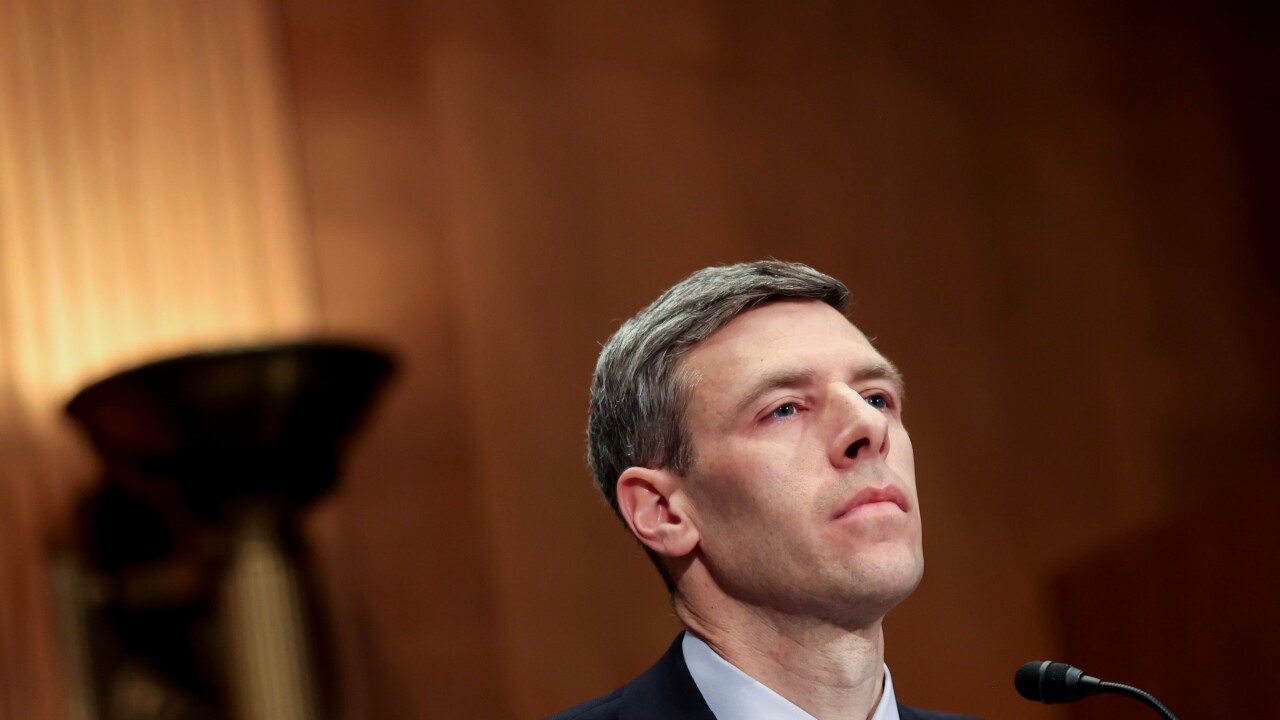After a two-year surge, the bank start-up wave has crested.
The Federal Deposit Insurance Corp. is on pace to insure about 190 new commercial banks this year, against 242 in 1999 and a record 255 in 1998.  Jack Phelps, the regional manager of the FDIC's Atlanta office, attributes the slowdown to the simple laws of supply and demand. Because so many new banks opened in 1998 and 1999, he said, "some areas have seen a lot of saturation."
Jack Phelps, the regional manager of the FDIC's Atlanta office, attributes the slowdown to the simple laws of supply and demand. Because so many new banks opened in 1998 and 1999, he said, "some areas have seen a lot of saturation."
Moreover, the supply of bank organizers - typically executives displaced by mergers - has dwindled as merger and acquisition activity has cooled. Arnold Danielson, chairman of Danielson Associates Inc. in Rockville, Md., said applications usually start flowing in a year to 18 months after a local bank is acquired.
"We hit the natural market peak," he said. "It's only logical new bank applications would slow down."
This is most apparent in Florida, where only 11 new banks have received insurance this year compared to a total of 57 in 1998 and 1999, the FDIC said.
It just goes to show, Mr. Danielson said, that no matter how rich a community is, there is a limit to how many banks it can support. "So many people are chasing somewhat the same money, and the competition has gotten stiff," he said.
The trend line holds true when thrift are added in. The number of new banks and thrifts chartered jumped 24%, to 296, in 1998 and only fell off by one charter last year. However, the FDIC expects to grant insurance to just 216 new institutions this year.
E. Joseph Face Jr., Virginia's commissioner of banking and finance, agreed. Bank organizers in Virginia won 12 charters 1998 and 13 in 1999, but have received only two so far this year.
"With that many applications coming in, there is only so much market for each," Mr. Face said. "And that eventually took its course."
But economics is not the only reason for the drop-off. Jim Grishaw, a senior consultant with Professional Bank Services, in Louisville, Ky., said the recent explosion of new bank charters is causing regulators to take two to three months longer to review applications.
"With so many new banks, regulators are looking more closely and requesting additional information," said Mr. Grishaw, who has helped several bank organizers through the application process.
The handful of states tallying higher applications include Kentucky, where eight banks are in various stages of organization, versus five for all of 1998 and 1999.
Ella Robinson, commissioner of Kentucky's Department of Financial Institutions, said the state is starting to feel the effects of big-bank acquisitions of community institutions. For instance, Firstar Inc. of Milwaukee bought $1.7 billion-asset Trans Financial Inc. in Bowling Green in August 1998, and Fifth Third Bancorp in Cincinnati bought $790 million-asset Citizens Bank of Kentucky in Madisonville in December 1998.
Most banking officials expect the falloff in application volume to continue next year in nearly every state. And that's not necessarily a bad thing, said Alex Hager, director of Florida's Division of Banking.
"It will give these institutions a chance to catch up and achieve profitability with a little less competition," Mr. Hager said. "I think at least in Florida it will help the banking system."





